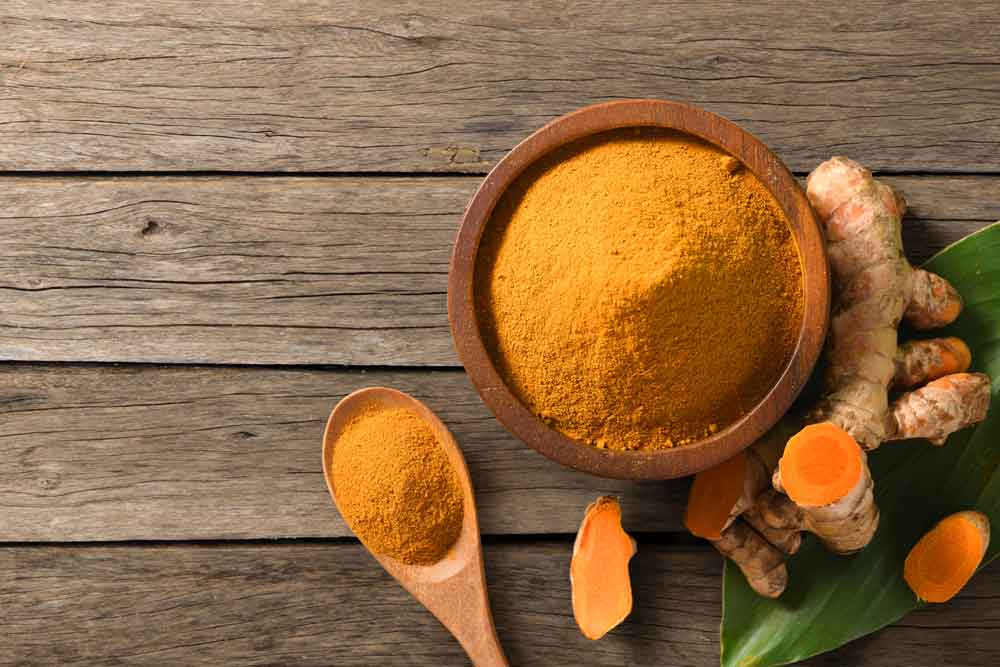Amid global shifts toward wellness and sustainability, India’s ancient traditions, such as Ayurveda, yoga, indigenous health rituals, dietary wisdom, and ecological healing, are experiencing a powerful resurgence. From spice blends and oral hygiene rituals to formal research institutions and wellness tourism, these practices are not just surviving, they’re thriving. This revival isn’t simply nostalgic. It’s been driven by data with scientific backing. Over time, these therapies and streams have gained credibility in modern science through clear evidence from peer-reviewed research and clinical trials.
Heirloom Wellness Practices Going Global
Panchakarma helps to detoxify and reset your metabolism. A 2016 study at the University of California showed measurable metabolic changes, including reduced toxins, changes in gut microbiota, a measurable decrease in inflammatory markers, and improvement in lipid profiles. It is a comprehensive detox used for autoimmune diseases, arthritis, and metabolic disorders.
Yoga is more than just physical exercise. It also helps to control anxiety, depression, PTSD, back pain, arthritis, and type 2 diabetes. It has been recognised by the WHO, and other global health agencies, integrated into cardiac rehab, oncology recovery, and mental health clinics. Pranayama or yogic breathing is an extension of yoga, improving lung function and the nervous system. It helps in asthma, hypertension, and anxiety disorders.
Oil pulling or Gandusha reduces plaque, gingivitis, and oral bacterial load, comparable to chlorhexidine. Benefits include oral detoxification and reducing volatile sulfur compounds that cause bad breath. It has been adopted in natural oral care routines globally.
Shirodhara is the practice of pouring warm oil on the forehead, shown to increase serotonin and improve sleep quality. It is also used to treat anxiety.
Studies by CSIR (India) and IITs have found that Ayurvedic prakriti types (Vata, Pitta, Kapha) correlate with genomic markers, immune expression, and metabolic profiles. This could revolutionise personalised medicine in India by blending Ayurveda and genomics.
A Revival Of Grandma’s Ingredients
Ashwagandha helps in stress and cortisol regulation, with improvements seen in anxiety, fatigue, and sleep. It is used in supplements worldwide for adaptogenic benefits and to support mental well-being and energy. Turmeric or curcumin is an anti-inflammatory and antioxidant with trials confirming efficacy in osteoarthritis, metabolic syndrome, and inflammation. It is shown to be as effective as ibuprofen in some cases and is backed by over 100 clinical studies. Triphala works as a mild laxative, improves gut flora, and supports antioxidant activity. It has been shown to protect the gastric mucosa, reduce oxidative stress and modulate immune response. Integrative gut clinics use it effectively in digestive health supplements.

The Growth Statistics
The AYUSH industry in India, comprising wellness products and services, reached US $50 billion in 2024, split between manufacturing (US $24 billion) and services (US $ 26 billion). The Indian AYUSH market is projected to grow from US $43.3 billion in 2024 to nearly US $200 billion by 2030, a five-fold increase in just six years. The Ayurvedic product market alone in India hit ₹626 billion in 2022, with a projected CAGR of 19.3 per cent, targeting ₹1,824 billion by 2028. Exports of AYUSH and herbal products totalled US $ 651 million in the FY 2023–24, marking a 3.6 per cent annual growth. In 2023, over US $350 million was invested in building Ayurvedic infrastructure, wellness parks with diagnostic facilities and therapy rooms.
The Ministry of AYUSH set up seven mega wellness parks serving over 2 million patients every year. These numbers signal a seismic shift, from grassroots heritage to global health leadership. Established in 2014, the Ministry of AYUSH is dedicated to Ayurvedic, Yoga, Unani, Siddha, Sowa Rigpa, and homeopathic systems. It oversees education, research, and promotion of traditional medicine in India. By 2025–26, the Ministry’s budget stood at ₹3,992.9 crore (around US $ 461 million), a 14.2 per cent increase over the prior year.
In Gujarat, the WHO Global Centre for Traditional Medicine (GCTM) was established with an investment of US $250 million, aimed at advancing traditional medicine research and policy. It hosted the first WHO Traditional Medicine Global Summit in 2023.
Madhya Pradesh aims to become a wellness hub, leveraging sites like Ujjain for spiritual tourism. Investments of ₹200 crore in hospitality and wellness infrastructure are underway, with anticipated economic outlay exceeding ₹3,000 crore.
Uttarakhand launched India’s first state-level Yoga Policy, planning five yoga hubs by 2030, integrating yoga in all AYUSH centres by 2026, and allocating ₹11 crore (US $1.3 million) for yoga research. Wellness tourism contributed over ₹18,000 crore, and 2.3 million foreign tourists visited India in 2023 for wellness experiences. By 2028, arrivals are expected to exceed 4 million, generating ₹30,000 crore.
A global shift toward integrative medicine positions Ayurveda and yoga alongside modern practices for cost-effective and long-term chronic disease care. One study showed a 38 per cent reduction in treatment costs with Ayurvedic integration while maintaining therapeutic benefits.
Ayurveda’s inherent personalisation aligns perfectly with modern demands. In 2024, AI tools began offering individualised dosha-based treatment plans via apps. The AYUSH curriculum now includes AI training at the undergraduate and postgraduate levels, modernising education for future practitioners. Ayurvedic apps and teleconsult platforms allow users to receive personalised diet, herb, and lifestyle advice remotely. In 2023, 9 million users accessed Ayurvedic wellness apps, up 39 per cent from the prior year.
E-commerce growth has accelerated access. Ayurvedic supplements, functional foods, and beauty goods are easily shoppable across urban and rural India. Ayurveda-infused goods (teas, gummies, detox drinks, and functional snacks) are booming with millennials seeking convenience and wellness. Ayurvedic skincare, such as turmeric-based formulations, is trending for its natural glow benefits, echoing traditional haldi rituals. Herbs like Ashwagandha, Brahmi, and Jatamansi are now in supplements and drinks targeting stress, sleep, and calmness.
India’s indigenous wellness traditions are no longer niche. They are foundational to modern global wellness. Lab research, clinical studies, and neuroscience research lend credibility and trust, while AI, apps, e-commerce, and personalised treatments are merging heritage with innovation.